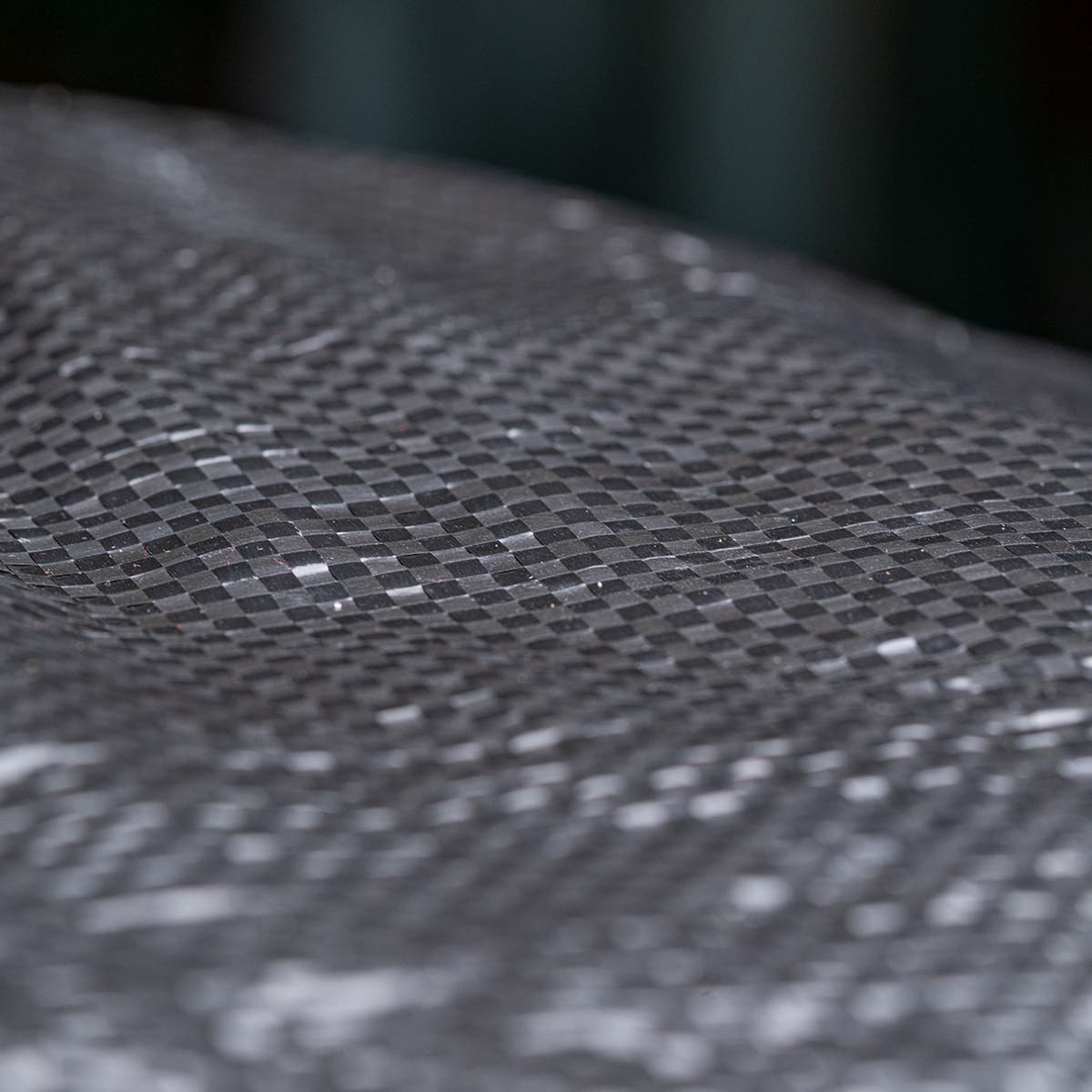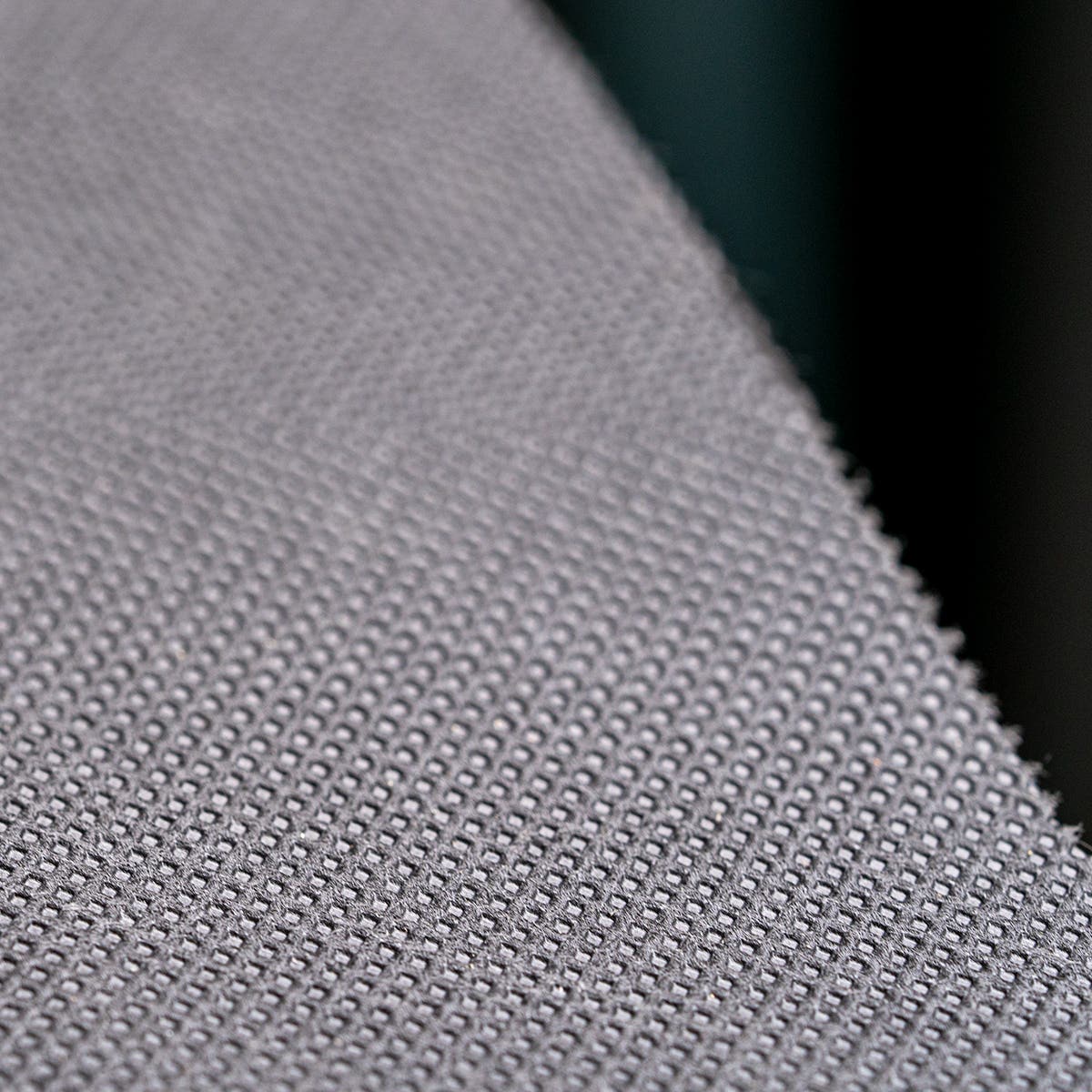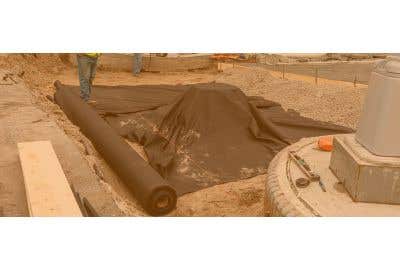*Disclaimer*
The information contained on this page is for promotional and informational purposes only. All equipment should be used by trained professional tradesmen who have been trained how to use the equipment described on this page, and understand the risks of their work. PowerPak assumes no responsibility for errors or omissions in the use or misuse of any product purchased. In no event shall PowerPak be liable for any direct, special, indirect, consequential, or incidental damages or any damages whatsoever, whether in an action of contract, negligence or other torts, arising out of or in connection with the use of this information or the contents of this page. PowerPak reserves the right to make additions, deletions, or modifications to the contents on this page at any time without prior notice.
Buckle your seatbelts because you’re about to embark on the wild ride otherwise known as geotextiles. I know what you are thinking, “Isn’t this going to be boring”?
I don't know, buddy. Does the topic of soil mechanics bore you? Does understanding the different applications of geotextiles bore you? Does understanding the difference between woven and unwoven material bore you?
Wait, wait, wait, I hear it now. It does sound boring.
But listen, sometimes boring is good. We're talking about geotextiles. Geotextiles keep our waterways unclogged, our highways from sinking into the ground, and our basements from becoming indoor pools. So, buckle up. It's going to be a safe and informative ride.
What is a Geotextile
There is no better place to start than understanding the "what"? Geotextile is a type of durable fabric that comes in many different forms, shapes, weights, and sizes because geotextiles are used to solve a wide range of erosion issues.
Whether you work in construction or not, you've likely come across geotextiles at some point. A common residential example of a geotextile includes the weed barrier fabric under your garden or a black roll of underlayment under your pavers.
In our case, we are talking about large construction projects. Geotextiles are the go-to solution for many soil-related issues and are used in both temporary and permeant capacities. Geotextiles are great at addressing four key erosion and soil-related applications: filtration, separation, reinforcement, and stabilization.
Filtration
Most people think of filtering sediment from water when they think of geotextiles. It's a key feature of all types of geotextiles and the main reason why it's so effective. A common filtration application is with silt fences. Silt fences are geotextile filtration fabric fastened to fencing posts and position downgrade from a job site or any location with disturbed soil.
When a rainstorm rolls in and washes dirt and sediment downhill, that runoff water will filter through the silt fencing, preventing damage to local storm drains and waterways.
A permanent use case for geotextile filtration includes French drain systems. The geotextile fabric lines the trench or is wrapped around the drainpipe to prevent sediment from building up inside and clogging the system.
Separation
Separation is one of the most common applications of geotextiles, and it’s been a big game changer for the construction industry. Using road construction as an example, modern roads are constructed in layers of different materials. When the soil beneath the road gets wet, the bottom layer of rocks and gravel will sink into the mud. Adding a layer of geotextiles as an underlayment creates separation and prevents the road from sinking.
Why not use a plastic liner instead? Geotextiles are used rather than just plastic liners or tarps because water can pass through geotextiles. If water cannot pass through the layers, it will build up in-between layers destroying the road from the inside.
The same separation principles are used at landfills, railroads, and many other applications.
Reinforcement
When engineers face the challenging task of preventing inherently unstable structures like embankments and retaining walls from failing, they once again rely on geotextiles to provide reinforcement.
Geotextiles are also often wrapped around the exterior of an embankment, reinforced with wire netting to prevent the vertical face of the embankment from eroding. You'll often see this system on rocky walls adjacent to roadways.
Stabilization
Geotextiles can convert a wet unstable base into a consistently stable surface. Placing geotextiles over wet compressible soil is a common stabilization method. The liquid in the soil can escape through the geotextile layer as the soil compresses into a stable layer.
Before the implementation of geotextiles, methods like these would be very difficult if not impossible.
Types of Geotextiles
There are two types of people in the world, people who know about geotextiles and people who don't. Similarly, there are two types of geotextiles, woven and non-woven. Both options have pros and cons and offer features that make them better for specific applications.
Woven Geotextile


I bet you could guess how woven geotextiles are constructed. You start with threads, usually made of monofilaments or silt film, and those threads are … yup, woven together. Like most woven fabrics, woven geotextiles are very strong and have a high load capacity. They are ideal for road construction and other applications with high loads. The way woven geotextiles are manufactured makes them very resistant to corrosion.
The downside to the woven option is they are less porous, making them slower to drain. This makes woven a bad option for applications where quick drainage is needed. Slow drainage isn't always a bad thing. When covering embankments, you want to allow as much water to pass over the geotextile fabric rather than seep through to the soil underneath.
Non-woven Geotextile
Anyway, you probably figured out that non-woven geotextiles are made by bonding fibers together rather than weaving threads. These fabrics are usually made from synthetic material and are very porous.


I’ve got a bit of a hot take on non-woven geotextiles. I think the name is lazy. It doesn’t make sense to describe something as “not something”. If you had two kids, you wouldn't name one Justin and the other Not-Justin. Non-woven geotextiles should be called bonded geotextiles.
Because of how they are manufactured, they do not have high load capacity and aren't known to be very durable. Despite having a name that doesn't make sense, they are great for applications where filtration and drainage is key. So, in the French drain example mentioned earlier, a non-woven geotextile would be ideal.
How do Geotextiles Work
There is a lot of science and engineering behind the development and implementation of geotextiles, and it all revolves around the term soil mechanics. Geotextiles are designed to help control and improve key soil mechanics, specifically soil compression, tension, and shear strength.
Soil Compression
A layer of geotextile help optimizes the compression of the top layer of soil while reducing unnecessary soil compaction underneath. On certain projects, a flat layer of compressed soil is needed and can be difficult to achieve without geotextiles. Think of laying the foundation of a building or a roadway. Trying to compress topsoil would just continually push downwards. A Geotextile layer helps prevent that.
Soil Tension
Earlier we talked about woven geotextiles being less permeable than non-woven ones. Soil tension control is where that permeability comes into play. Depending on your project needs, you will pick a geotextile that can provide the required permeability level.
Soil Shear Strength
We briefly touched on this earlier. This is the measurement of the friction resistance of soil particles sliding over each other. It sounds like an odd thing to measure, but in instances where you really don't want that soil to move, it's very important.
Buying Geotextiles
Geotextile is a category of products, so you won't want to show up at the counter and ask for "one geotextile, please." These are purpose-built products, and you will pick the products you need based on your project conditions.


